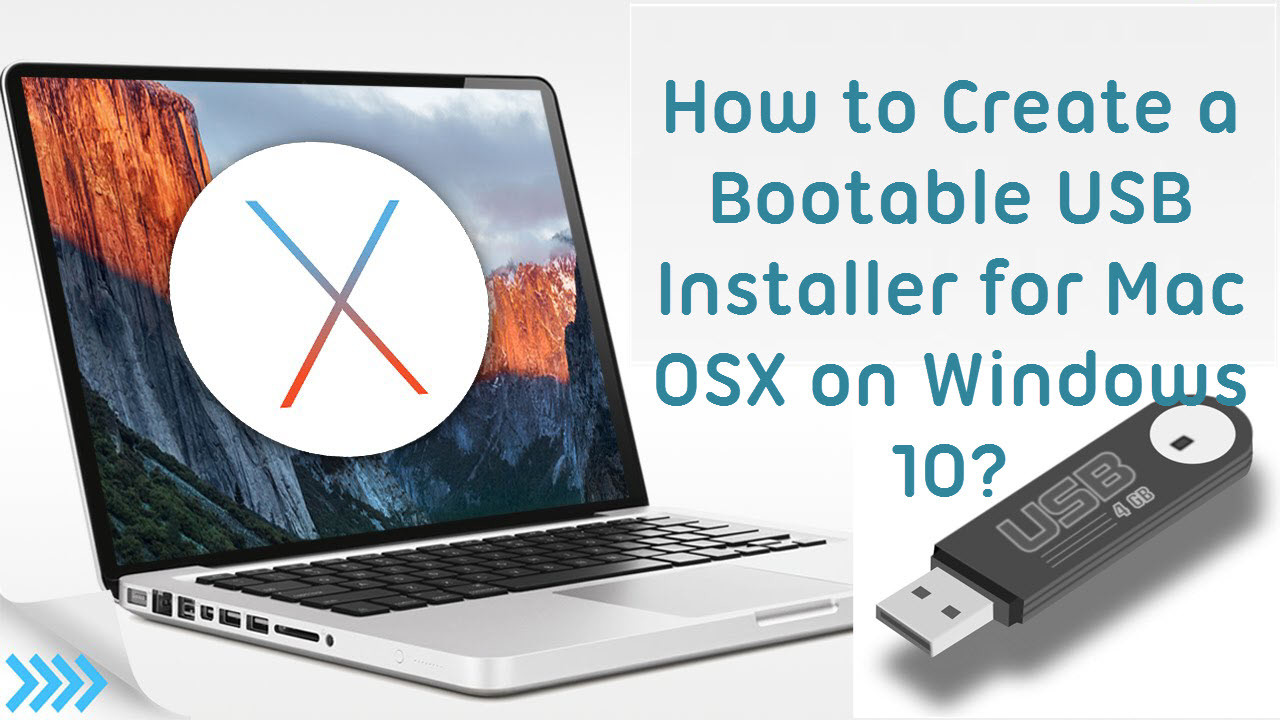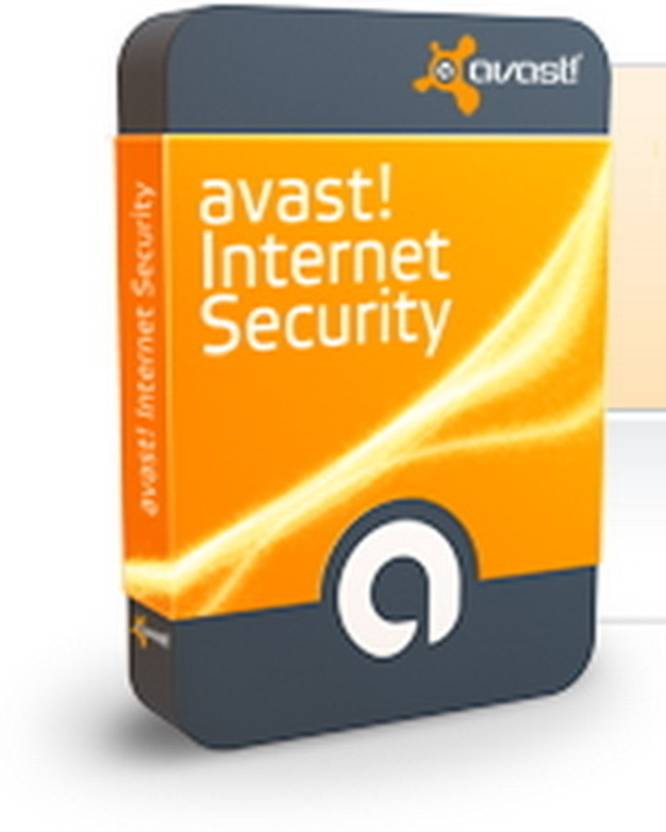Avast is offering the possibility to create a bootable antivirus disk or USB drive. You have to go in Tools – Rescue Disk option in avast! To create a bootable disk. BitDefender Rescue CD: BitDefender is a Romanian based company with very good scores in many tests; they are offering the antivirus engine in a bootable form. Jesus Vigo goes over the steps to create a bootable USB to install OS X 10.7-10.8 and OS X 10.5-10.6, as well as how to put multiple versions on the same USB. Insert the USB drive into the Mac. How to Install Avast Antivirus on a USB Drive by Randall Blackburn. Double-click the EXE file to run the Avast tool from the USB drive. Click the “Start Scanning” button to begin the virus scan. How to Create a Bootable USB for Windows XP. Photo Credits. Related Articles. How to Install Avast Antivirus on a USB Drive by Randall Blackburn. Double-click the EXE file to run the Avast tool from the USB drive. Click the “Start Scanning” button to begin the virus scan. How to Create a Bootable USB for Windows XP. Photo Credits. Related Articles. Bootable usb free download - USB Audio ASIO driver, IOXperts USB WebCam Driver, USB Overdrive (Classic), and many more programs. Avast Free Antivirus. VirtualDJ 2018. Bootable optical media (CD or DVD) on Macs equipped with Apple’s Super Drive or a USB thumb drive formatted with a GUID partition type and containing an OS X installer or a usable operating system. Apple advises against booting from external storage containing a version of Mac OS X earlier than the one your Mac shipped with.
Think you can just plug a standard Linux live USB drive into your Mac and boot from it? Think again. You’ll need to go out of your way to create a live Linux USB drive that will boot on a Mac.
This can be quite a headache, but we’ve found a graphical utility that makes this easy. You’ll be able to quickly boot Ubuntu, Linux Mint, Kali Linux, and other mainstream Linux distributions on your Mac.
The Problem
RELATED:How to Create Bootable USB Drives and SD Cards For Every Operating System
Apple’s made it difficult to boot non-Mac OS X operating systems off of USB drives. While you can connect an external CD/DVD drive to your Mac and boot from standard Linux live CDs and USBs, simply connecting a Linux live USB drive created by standard tools like Universal USB Installer and uNetbootin to a Mac won’t work.
There are several ways around this. For example, Ubuntu offers some painstaking instructions that involve converting the USB drive’s file system and making its partitions bootable, but some people report these instructions won’t work for them. There’s a reason Ubuntu recommends just burning a disc.
rEFInd should allow you to boot those USB drives if you install it on your Mac. But you don’t have to install this alternative UEFI boot manager on your Mac. The solution below should allow you to create Linux live USB drives that will boot on modern Macs without any additional fiddling or anything extra — insert, reboot, and go.
Use Mac Linux USB Loader
RELATED:How to Use Your Mac’s Disk Utility to Partition, Wipe, Repair, Restore, and Copy Drives
Mac Os Create Bootable Usb From Iso
A tool named “Mac Linux USB Loader” by SevenBits worked well for us. This Mac application will allow you to create USB drives with your preferred Linux distro on them from within Mac OS X in just a few clicks. You can then reboot and boot those USB drives to use the Linux distribution from the live system.
Note: Be sure to move the Mac Linux USB Loader application to your Applications folder before running it. This will avoid a missing “Enterprise Source” error later.

First, insert the USB drive into your Mac and open the Disk Utility application. Check that the USB drive is formatted with an MS-DOS (FAT) partition. If it isn’t, delete the partition and create a FAT partition — not an ExFAT partition.
Next, open the Mac Linux USB Loader application you downloaded. Select the “Create Live USB” option if you’ve already downloaded a Linux ISO file. If not, select the “Distribution Downloader” option to easily download Linux distribution ISOs for use with this tool.
Select the Linux distribution’s ISO file you downloaded and choose a connected USB drive to put the Linux system on.
Choose the appropriate options and click “Begin Installation” to continue. Mac Linux USB Loader will create a bootable USB drive that will work on your Mac and boot into that Linux distribution without any problems or hacks.
Before booting the drive, you may want to change some other options here. For example, you can set up “persistence” on the drive and part of the USB drive will be reserved for your files and settings. This only works for Ubuntu-based distributions.
Click “Persistence Manager” on the main screen, choose your drive, select how much of the drive should be reserved for persistent data, and click “Create Persistence” to enable this.
Booting the Drive
RELATED:How to Install and Dual Boot Linux on a Mac
To actually boot the drive, reboot your Mac and hold down the Option key while it boots. You’ll see the boot options menu appear. Select the connected USB drive. The Mac will boot the Linux system from the connected USB drive.
If your Mac just boots to the login screen and you don’t see the boot options menu, reboot your Mac again and hold down the Option key earlier in the boot process.
This solution will allow you to boot common Linux USB drives on your Mac. You can just boot and use them normally without modifying your system.
Exercise caution before attempting to install a Linux system to your Mac’s internal drive. That’s a more involved process.
READ NEXT- › What Does “FOMO” Mean, and How Do You Use It?
- › How to Fix a Slow or Unresponsive Mac
- › Windows 10’s Tablet Mode May Be Replaced With the Desktop
- › How to Quickly Switch Between Gmail Accounts on Android, iPhone, and iPad
- › How to Use the chmod Command on Linux
If you suspect that your PC contains malware, Avast Antivirus allows you to schedule a Boot-Time Scan to run the next time your computer starts. It scans for known types of malware and removes threats before the operating system and other services run.
Boot-Time Scan is an advanced feature designed to use when you suspect a threat in the system, and usually takes some time to run. It is manually scheduled to run as needed, not on a regular basis.
Making A Bootable Mac Os X Usb
Schedule and run Boot-Time Scan
- Open the Avast user interface and select Protection ▸ Virus Scans.
- Click the Boot-Time Scan tile.
- Click Install specialized definitions, then click Run On Next PC Reboot to run the scan during the next system restart. When you click Install specialized definitions on the Boot-Time Scan screen, Avast downloads all virus definitions from a cloud database. If you skip installing specialized definitions, Boot-Time Scan scans your PC based only on the latest virus definitions that are already downloaded. After clicking Install specialized definitions, you are not offered this option again.
- Restart your PC. When the system restarts, a Boot-Time Scan progress screen appears as Windows loads.
- For any detected threat select which action to take unless you have previously specified automatic actions in Boot-Time Scan settings.
The scan usually takes several minutes, but the duration varies depending on the speed of your system and the number of files to be scanned. When the scan is completed or skipped, Windows continues booting up.
Adjust Boot-Time Scan settings
- Select Protection ▸ Virus Scans.
- Click Settings (the gear icon) on the right-hand side of the screen.
- Select the Boot-Time Scan tab.
- Manage different aspects of your scan:
- Sensitivity: use the slider to indicate your preferred level of heuristic sensitivity. Heuristics enable Avast to detect unknown malware by analyzing code for commands which may indicate malicious intent.
- Scan for potentially unwanted programs (PUPs): ensure this box is ticked if you want Boot-Time Scan to look for programs that are stealthily downloaded with other programs and typically perform unwanted activity.
- Unpack archive files: ensure this box is ticked if you want Avast to unpack compressed files during the scan.
- Scan areas: select All Harddisks or System drive to specify which data space you want the scan to analyze.
- Auto start programs: allows Avast to scan programs that automically start when you turn on your computer.
- Actions: to configure automatic responses to any threats detected by the scan, ensure Perform automatic actions during this scan is ticked, then select one of the following:
- Fix automatically: attempts to repair the file. If unsuccessful, moves the file to the Virus Chest or deletes the file if neither action is successful.
- Move file to Virus Chest: sends the file to the Virus Chest where the file cannot harm your system.
- Delete: permanently removes the file from your PC.

Create Bootable Usb Drive For Mac
- Avast Premium Security 19.x
- Avast Free Antivirus 19.x
- Avast Omni 1.x
- Avast Premier 19.x
- Avast Internet Security 19.x
- Avast Pro Antivirus 19.x

Bootable Usb Software
- Microsoft Windows 10 Home / Pro / Enterprise / Education - 32 / 64-bit
- Microsoft Windows 8.1 / Pro / Enterprise - 32 / 64-bit
- Microsoft Windows 8 / Pro / Enterprise - 32 / 64-bit
- Microsoft Windows 7 Home Basic / Home Premium / Professional / Enterprise / Ultimate - Service Pack 1, 32 / 64-bit